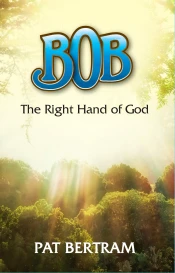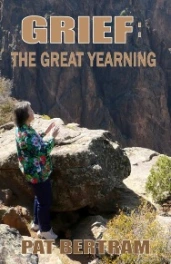One of the most common reasons people come to my blog is to find out how to describe a scene. A subcategory of that is how to describe a winter scene. I can tell you one thing: you do not learn how to describe a winter scene by Googling it. You go outside. Stand still. Observe.
When writing about a place, we have a temptation to describe it all at once, but it’s more effective to begin at a distance, then  move in for the smaller details. So there you are out in the snow and cold. What is the panoramic view? What specifically do you see in the distance? What sounds are coming to you from far away?
move in for the smaller details. So there you are out in the snow and cold. What is the panoramic view? What specifically do you see in the distance? What sounds are coming to you from far away?
Bring your focus in a little closer. Pick out a few details from the middle distance. Now bring your focus in to your immediate area where all your senses come into play.
How do you feel? You are probably shivering because you thought you’d be outside for just a minute and didn’t put on a coat. Make a note of that and whatever else you feel. Touch the ice or snow or slush. Is there anything you can say about it besides its temperature? If not, forget it. Everyone knows what cold feels like.
What do you smell? Taste? Perhaps a low-pressure system is keeping the car exhaust from dissipating and it is so thick you can taste it. Or perhaps the smoke from wood burning stoves is choking you, and you can taste it in the back of your throat.
What do you hear? Cold engines idling? Birds calling? Children laughing? Ice crackling?
Finally, what do you see? Focus on the small details. Are dead leaves or blades of grass poking up through the snow? Are there mice or deer tracks? Is a perfect feather lying at your feet? Is a nest visible in the bare tree branches?
When you have absorbed as much sensory information as you can, you are ready to write the scene. Resist the urge to string together adjectives — too many can diminish the power of your description — and resist the urge to use everything you learned. It is better to pick one or two exceptional details that give an impression of the whole rather than attempting to describe the entire scene. Most readers today do not want to sit through long descriptions. They want to get a quick sense of the place and then move on to the action.
Better yet, couple your description with action; give it movement. Have snow crunching beneath running feet. Have a character dodging around a stalled car. Have the blood of a victim staining winter-dry leaves.
Most importantly, if you can’t think of a single original thing to say about the scene, don’t describe it at all. Why waste your time and your readers’ by telling them what they already know?
***
Pat Bertram is the author of the suspense novels Light Bringer, More Deaths Than One, A Spark of Heavenly Fire, and Daughter Am I. Bertram is also the author of Grief: The Great Yearning, “an exquisite book, wrenching to read, and at the same time full of profound truths.” Connect with Pat on Google+. Like Pat on Facebook.









February 17, 2008 at 11:49 am
Hm. Interesting ideas. I like the last one the best. Too often I read books that give me too much information that is lacking originality. I need to keep that in mind.
Thanks.
December 8, 2008 at 12:38 pm
Thank you for publishing your fantastic and Interesting ‘ Describing a Winter Scene ‘ this helped me a lot with my english homework i am only 13 and needed as much help as i could get Thank youu , Lauraa x x x
February 17, 2010 at 12:04 pm
Best plan for descriptive writing I could ever have 🙂
February 18, 2010 at 10:18 am
Thank you, Natalie. Best of luck with your writing.
May 11, 2011 at 7:28 am
omg thank you , you helped me a lot
November 9, 2011 at 11:04 am
Thank you very much, You helped me write an essay for a competition xxx
November 9, 2011 at 8:44 pm
Hope you do well in the competition, Erin!
February 24, 2012 at 8:57 pm
Great advice. I’ve heard the same thing said about photography. Too many people get taken in by a breathtaking scene and try to capture it all at once, then wonder why the finished image looks flat. In photography, as in writing, capture the best details that sum up the overall scene. A great blog.
February 24, 2012 at 9:15 pm
I hadn’t considered this advice in light of photography, but you’re right — what makes a great photo is a focal point, a specific detail that defines the whole.
August 26, 2012 at 2:51 am
Thank you thank you. Finally someone that knows what hes talking about. thank you
October 8, 2013 at 4:54 pm
[…] a Scene in an Interesting Way Describing a Winter Scene Describing a Winter Scene — Again Describing a Winter Scene — Again. And Yet Again. Describing […]
January 13, 2015 at 7:53 am
thxxxx .you helped me a lot in my homework
April 3, 2015 at 9:06 pm
Very interesting information, even though I am not a writer.
I do take photos. I like taking landscapes.